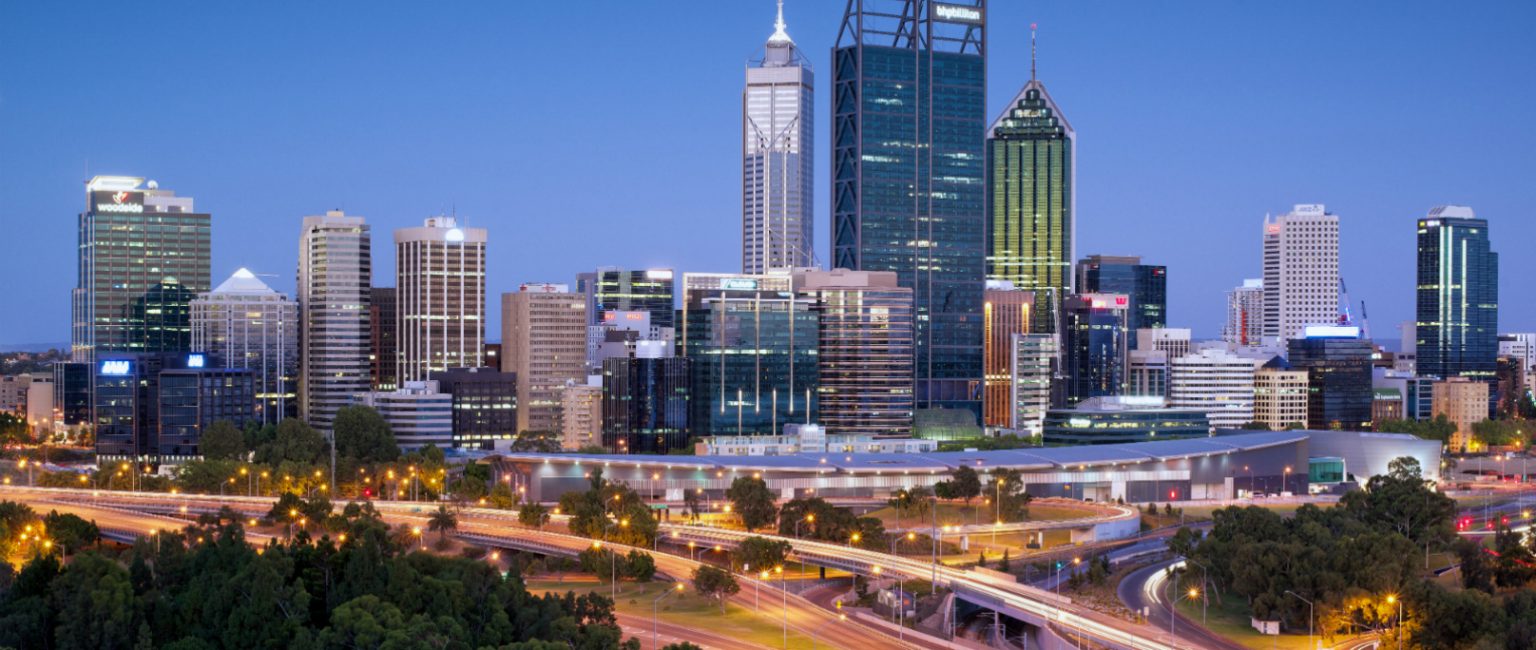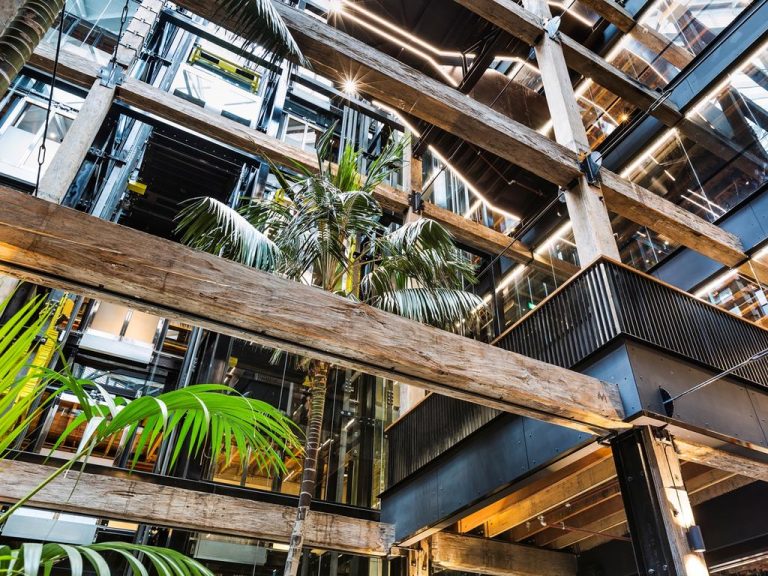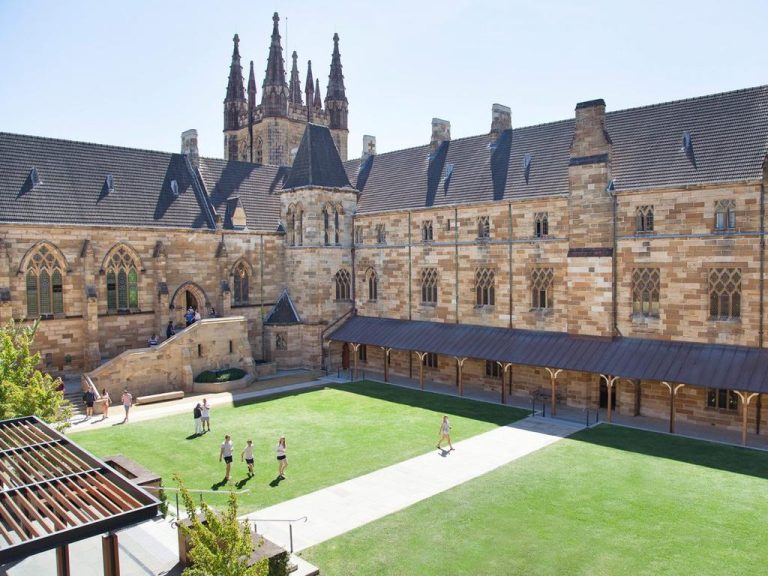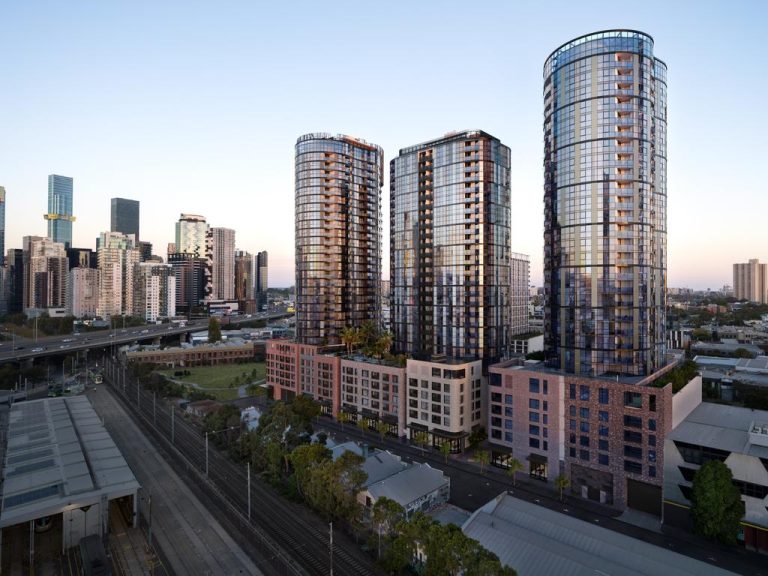Perth’s five-year fall finally over?

Vacancy in Perth’s office market may finally have peaked, almost five years after the mining boom reached its zenith and the long slide into decline began.
New Property Council of Australia research shows the city’s vacancy rate rose just 0.7% in the second half of 2016, up from 21.8% to 22.5%.
While the new mark is Perth’s highest level of vacancy since 1995, CBRE senior director Andrew Denny says it proves the market is almost ready to begin its recovery.
“Although the latest Perth CBD vacancy rate shows an increase, at 0.7% the rise is the smallest since vacancy starting increasing in 2012,” Denny says.
Commercial Insights: Subscribe to receive the latest news and updates
“With limited new future supply, and forecast modest demand levels, CBRE believes we are now at peak vacancy.”
“The other key factors leading to an improved market include significantly increased transaction levels in the last five months of 2016, including a strong movement of tenants from the suburbs, particularly West Perth to the CBD.”
Denny says the strong performance of Perth’s premium office market is a strong indicator of what’s to come for the rest of the city.
“Premium vacancy rates fell in the last six months of 2016. This is a strong indicator to the future where we will see further falls in premium and A grade vacancy rates,” he says.
East coast markets such as Melbourne and Brisbane will look relatively cheap when national decision makers are making a call on where to expand, so expect growth in these markets
The PCA’s research suggests Perth isn’t the only city on the improve, with vacancy in all major capital markets appearing to have now peaked.
In other cities, CBRE’s head of office leasing for Pacific, Andrew Tracey, says scarcity of stock is now the biggest issue, particularly in Sydney, which could be a boon for other east coast markets.
“The development cycle is the pressure valve for this, but the length of the planning and development cycle means the market will remain tight for years – and it will be tighter than people expect,” Tracey says.
“This will mean alternate east coast markets such as Melbourne and Brisbane will look relatively cheap when national decision makers are making a call on where to expand, so expect growth in these markets.”
CBRE senior director Jenine Cranston says demand in Sydney will see office rent growth of around 10% this year.
“We’ll not be entirely surprised to see this shift northward if competition for good space hots up in a market with limited options,” Cranston says.







